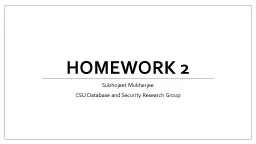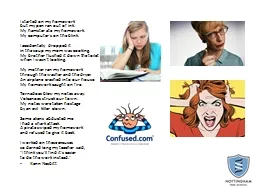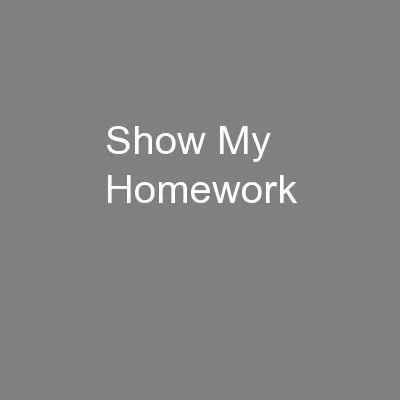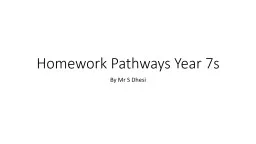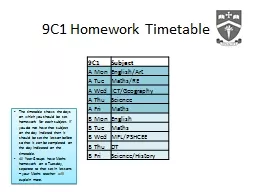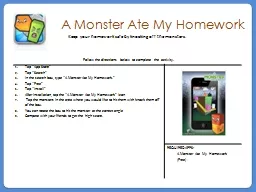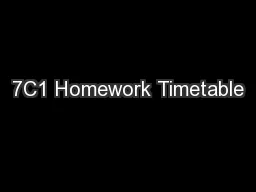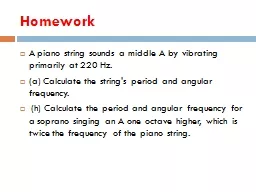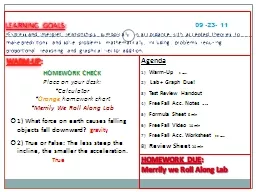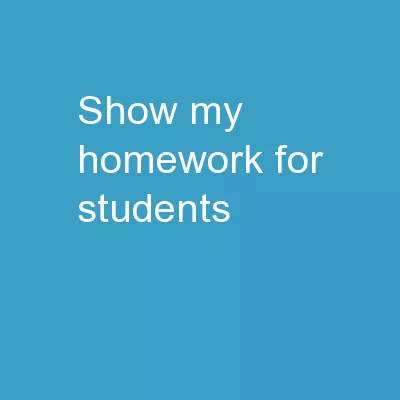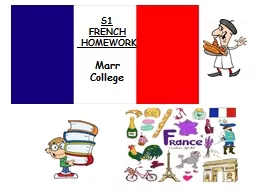PPT-Homework 2 Subhojeet Mukherjee
Author : myesha-ticknor | Published Date : 2019-12-17
Homework 2 Subhojeet Mukherjee CSU Database and Security Research Group Details Due October 11 2016 Tuesday before class on CANVAS Reading Chapter 3 Rubric Question
Presentation Embed Code
Download Presentation
Download Presentation The PPT/PDF document "Homework 2 Subhojeet Mukherjee" is the property of its rightful owner. Permission is granted to download and print the materials on this website for personal, non-commercial use only, and to display it on your personal computer provided you do not modify the materials and that you retain all copyright notices contained in the materials. By downloading content from our website, you accept the terms of this agreement.
Homework 2 Subhojeet Mukherjee: Transcript
Download Rules Of Document
"Homework 2 Subhojeet Mukherjee"The content belongs to its owner. You may download and print it for personal use, without modification, and keep all copyright notices. By downloading, you agree to these terms.
Related Documents

